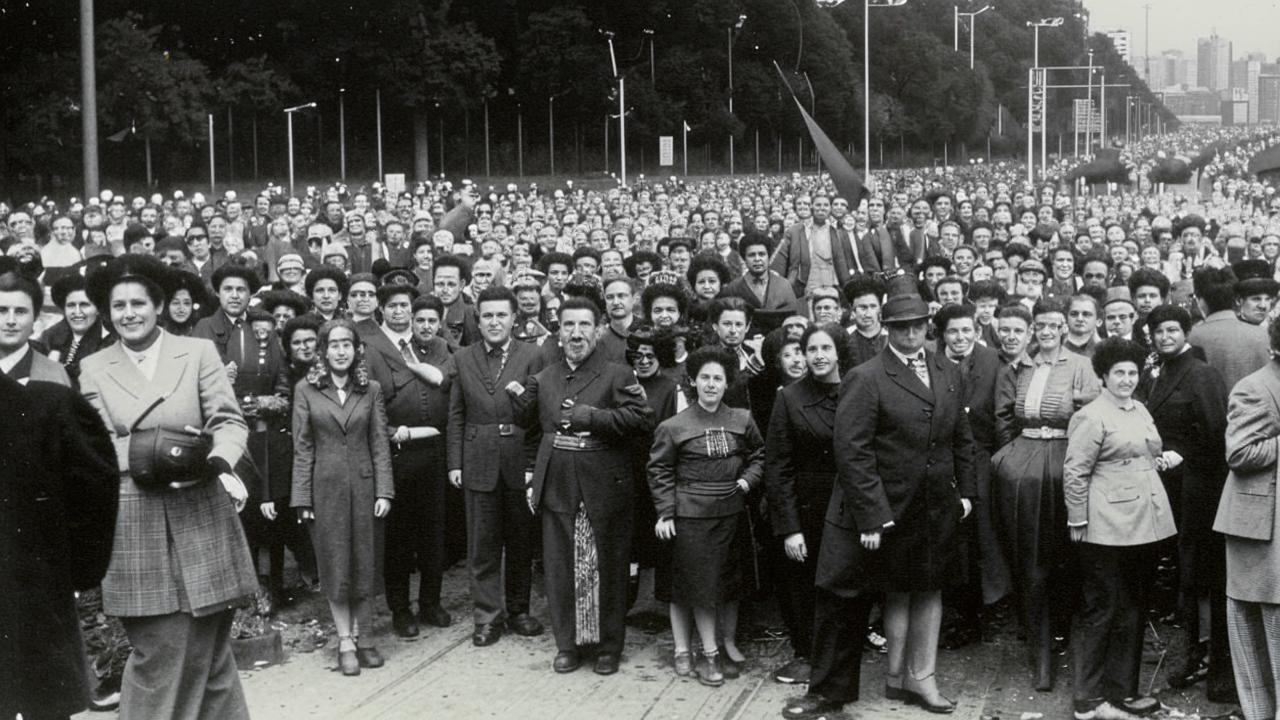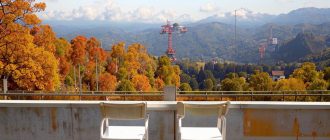
president of Pro-Vision, author of the Vinogradov.story community
“The best way to really get to know a city is to walk through it. However, this begs the question: are there any comfortable and interesting walking routes in the city? The options can range from “no, not a step without transportation” (New Delhi, Hanoi, etc.) to “yes, you can walk all day long”. I propose to talk about the second category. I present my personal top 5 cities in Russia and around the world, where looking at the streets from the bus window or taking a cab is tantamount to a tourist crime. In accordance with the realities of the time, foreign destinations are exclusively “friendly”.
Moscow (Russia)
The pedestrian infrastructure in the capital is traditionally fine, but the main beauty of the city is that everyone can find a route that suits them. Come to Moscow for a couple of days and want to see the main sights? In this case, there is a route popular among visitors: from Teatralnaya Square through Lubyanka Square and Kitay-gorod and then through quiet old lanes to Alexandrovsky Garden. If you walk a total of about 5 kilometers, you can see GUM, Red Square, the ornate towers of St. Basil’s Cathedral, and many other buildings – both those that have become symbols of Russia and those that are less famous, but of great historical, cultural and architectural value.
Or maybe you were born in Moscow, you have been to the Red Square once (together with a school excursion) and since then you try to walk where there are fewer tourists and “officialism”? Then a good option would be to walk along the park strip – from Kropotkinskaya to Neskuchny Garden on Krymsky Val. Firstly, it is a wonderful green route near the water, which is very relevant in hot summer. Secondly, you will capture the Pushkin State Museum of Fine Arts and the territory of the former confectionery factory “Red October”, which hosts many exhibitions – always different. Photos of “Big Clay #4” are optional, but if you are a connoisseur of contemporary art or want to troll your friends from the regions (“you just don’t have the courage to put such a thing up”) – go ahead!
For foodies and fans of bar-hopping I can also recommend the route from Kitay-gorod to Chistye Prudy. The number of trendy establishments in this neighborhood is incalculable, and many of them are located in interesting places. How about, for example, a restaurant in the basement in the middle of brick pre-revolutionary arches or a hidden institution in the depths of ancient courtyards, which without a special clue can’t be found even with a map?
Krasnoyarsk (Russia)
Krasnoyarsk definitely knows how to break templates. One part of visitors (fortunately, a small part) is surprised by the absence of the sea, the other – by the fact that the developed industrial center can offer a lot of interesting things for lovers of walking. The center is definitely good and, according to locals, it gets better every year.
In 2019, as Krasnoyarsk was preparing for the World Winter Universiade, the city restored historic buildings and introduced a design code for signage. Even more associations with European cities are added by paving stones on bridges and streets, as well as cozy summer verandas of restaurants. For the first acquaintance a standard route is suitable: from Teatralnaya Square, past Krasnoyarsk River Station to Mira Square. You will see not only historical buildings, but also the mighty Yenisei – the fullest river of Russia. One of the bridges across it (Kommunalny), by the way, is depicted on the 10-ruble bill.
But Krasnoyarsk is not the only good center. Its pearl is rightfully considered to be the natural park “Krasnoyarsk Pillars”, which not only starts within the city limits, but is also incredibly picturesque. The reserve is divided into two parts – excursion and wild. There are a lot of trails of different levels of complexity in the excursion part, but it is better not to enter the wild part without preparation and knowledge of the area. Even more surprising than the park itself is the attitude of locals to it. Pillars have long ago turned into a local socio-cultural phenomenon, for the name of which there is even a special word – pillar-bism. Stolbism means spending a lot of time in the spurs of the Eastern Sayan Mountains, on the right bank of the Yenisei, combining active recreation and mountaineering with subcultural communication.
Kotor (Montenegro)
Another hiking route that starts in the city and goes far beyond. Kotor itself is located in the center of a bay called the southernmost fjord in Europe. As much as you want to go and see the natural beauty, you should not neglect the city. The best place for hiking is rightly considered to be the Old Town. Unlike some other locations, where the historical part is represented by a dozen miraculously preserved buildings, the Old Town in Kotor is huge. In fact, it is a real “city within a city” – with plenty of winding streets, a large number of churches and shops. You can walk here for a long time, finding something interesting literally around every corner.
And when all its secrets will be revealed, it’s time to go on a walking trail along the bay. The well-maintained road, which offers simply mind-blowing views of the azure blue Adriatic Sea, leads from Kotor towards Dobrota, then on to Orahovac and Perast. All along the route there are organized rest areas and descents to the sea, and if you run out of energy (still from Kotor to the bend of the coastline near Orahovac is about 10 km), you can always take a hitchhiking bus – they run regularly along the sea.
Marrakech (Morocco)
Since its foundation, Marrakech has been at the crossroads of cultures. The cultures of Ancient Rome, Arab and Black Africa, Catholic Spain and Art Nouveau France also contributed to it. And all this kaleidoscope, of course, is reflected in the architecture of the city and in the life of its inhabitants.
Despite the fact that Marrakech cannot be called a small city (now it is inhabited by about 2 million people), it is surprisingly compact and easy to explore on foot. The main historical sights should be sought in the Medina Old City. From a bird’s eye view it looks like a giant beehive, and from the inside… yeah, pretty much the same. Only it is a very beautiful authentic hive, where instead of honeycombs there are countless shops of traders, and instead of hard-working bees – their friendly owners, offering local curiosities and handmade goods.
There – in crowded squares and narrow alleys – gather snake charmers, musicians, street performers, water carriers in colorful clothes, charlatans of all stripes and, of course, tourists from all corners of the world. In short, the Medina is just the right place for a walk to not only see the sights, but also to touch the local culture and traditions.

Rotorua (New Zealand)
New Zealand is a surprisingly stable country. It keeps deliberately away from the main world events (just try to remember any news from there in 10 seconds). Getting there from Russia is a logistical quest, and nothing has changed in the last three years. And also the local nature and landscapes are consistently breathtaking. And you can get to all this splendor by crossing the city limits.
Rotorua is particularly exemplary in this regard. This small town is located on the North Island of New Zealand, surrounded by 11 lakes and on the shore of the largest of them – the eponymous Lake Rotorua. This place is famous primarily for its amazing nature. In the immediate vicinity of the city you can find more than 60 geysers and a great number of thermal springs. Just choose any hiking route and it will almost certainly lead you to one of them. I advise you to go to the Vakarevareva Valley to the Pohutu geyser, which throws a 30-meter jet of water into the sky. It erupts up to 20 times a day, so you won’t be left without beautiful selfies and vivid impressions.
I also recommend getting to the Maori village, located in the neighborhood of the valley. Interestingly, this is not an attraction created for tourists (although the locals, of course, are always happy to see solvent guests), but a real working Maori settlement. Although their homes are modernized, they still use thermal power for heating and cooking. It is fascinating to learn about the local life, and I also recommend attending the traditional song and dance performance held in the main square.







